
- Shandong Loyal Industrial Co.,Ltd.
- Macaroni Production Machine Instant Noodle Machine Biscuit Making Machine
Home> Company News> Unlock The Secrets Of Efficient Snacks Manufacture Process Line Manufacturing

Unlock The Secrets Of Efficient Snacks Manufacture Process Line Manufacturing
2025-02-11 16:40:52Introduction to Energy-Efficient and Fully Automated Snacks Manufacture Process Line
The snacks manufacturing industry is a rapidly growing sector, driven by increasing consumer demand for convenient, high-quality, and innovative snack products. However, this growth comes with significant challenges, including rising energy costs, stringent hygiene regulations, and the need for consistent product quality. To address these challenges, manufacturers are turning to advanced solutions like the energy-efficient snacks manufacture process line with full automation.
Energy efficiency and automation have become critical pillars in modern food production. With global emphasis on sustainability and operational cost reduction, integrating energy-efficient technologies into the snacks manufacture process line is no longer optional—it’s a necessity. Automation, on the other hand, ensures precision, reduces human error, and enhances productivity, making it an indispensable part of contemporary manufacturing.
A fully automated snacks manufacture process line represents the pinnacle of technological advancement in the food industry. It combines state-of-the-art machinery with intelligent systems to streamline every stage of production, from ingredient mixing to packaging. By leveraging automation, manufacturers can achieve unparalleled efficiency, consistency, and scalability.
The integration of energy-efficient technologies into the snacks manufacture process line offers numerous benefits. These include significant reductions in energy consumption, lower operational costs, and a smaller environmental footprint. Additionally, energy-efficient systems often come with advanced monitoring capabilities, allowing manufacturers to optimize performance and minimize waste.
In this article, we will explore the key components, advantages, and challenges of adopting an energy-efficient snacks manufacture process line with full automation. By understanding these aspects, manufacturers can make informed decisions to enhance their production capabilities and stay competitive in the ever-evolving snacks industry.

Key Components of a Fully Automated Snacks Manufacture Process Line
A fully automated snacks manufacture process line is a sophisticated system composed of several interconnected components, each playing a vital role in ensuring seamless and efficient production. Below, we break down the essential machinery and technologies that define such a system, along with the role of automation and energy-efficient innovations.
1. Essential Machinery in a Snacks Manufacture Process Line
Mixers: The foundation of any snacks production line, mixers ensure uniform blending of ingredients. Automated mixers are equipped with precise controls to maintain consistency and reduce waste.
Extruders: These machines shape and cook snack products, such as chips or puffs, with high precision. Modern extruders are designed to operate at optimal energy levels, minimizing power consumption.
Ovens and Dryers: These components are crucial for baked or dried snacks. Energy-efficient models utilize convection heating and smart temperature controls to save energy.
Packaging Systems: Automated packaging machines ensure snacks are sealed hygienically and efficiently. They often incorporate energy-saving features like low-power motors and intelligent material handling.
2. Role of Automation in Streamlining Production Stages
Automation is the backbone of a modern snacks manufacture process line. It eliminates manual intervention, reducing the risk of human error and contamination. Automated systems are programmed to perform repetitive tasks with high accuracy, ensuring consistent product quality. For example, automated conveyors seamlessly transfer products between stages, while robotic arms handle precise tasks like sorting and packaging.
Moreover, automation enables real-time monitoring and data collection. Sensors and IoT-enabled devices track parameters such as temperature, humidity, and machine performance, allowing operators to make instant adjustments and optimize production.
3. Energy-Efficient Technologies in Each Component
Energy efficiency is a key focus in the design of modern snacks manufacture process lines. Here are some examples of energy-saving technologies integrated into each component:
Heat Recovery Systems: Used in fryers and ovens, these systems capture and reuse waste heat, significantly reducing energy consumption.
Low-Power Motors: Many machines now feature energy-efficient motors that consume less electricity without compromising performance.
Smart Controls: Automated systems use advanced algorithms to optimize energy usage based on real-time production demands.
Insulated Equipment: Improved insulation in ovens, dryers, and fryers minimizes heat loss, further enhancing energy efficiency.
By combining these technologies, a fully automated snacks manufacture process line not only boosts productivity but also aligns with sustainability goals, making it a win-win solution for manufacturers and the environment.
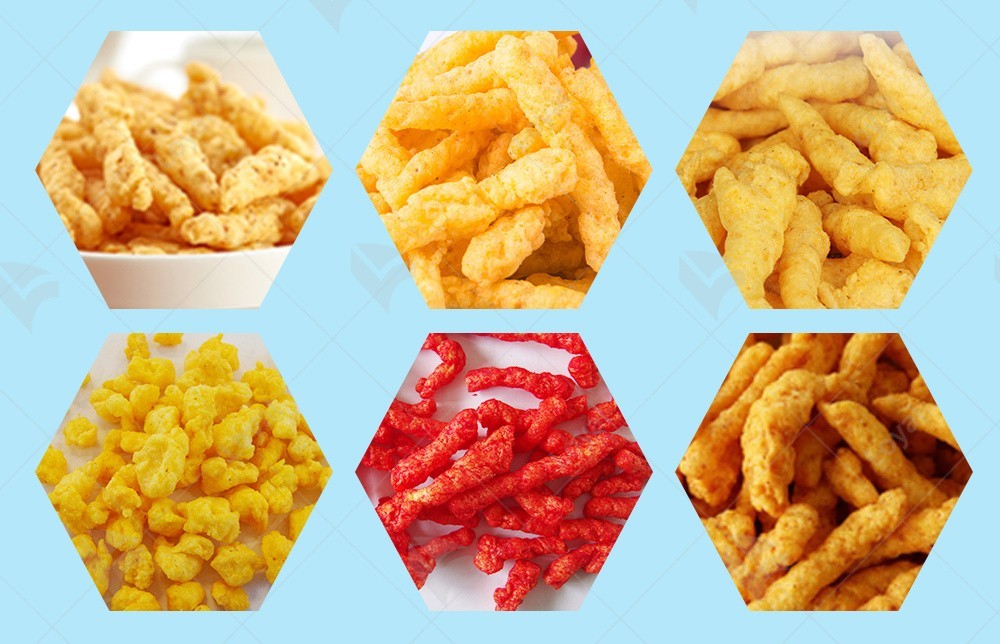
Advantages of an Energy-Efficient Snacks Manufacture Process Line
Adopting an energy-efficient snacks manufacture process line with full automation offers a multitude of benefits that can transform the way snack products are produced. From cost savings to environmental sustainability, these advantages make a compelling case for manufacturers to upgrade their production systems. Below, we explore the key benefits in detail.
1. Reduced Energy Consumption and Operational Costs
One of the most significant advantages of an energy-efficient snacks manufacture process line is the substantial reduction in energy consumption. By incorporating technologies such as heat recovery systems, low-power motors, and smart controls, manufacturers can drastically cut down on electricity and fuel usage. This not only lowers utility bills but also reduces dependency on non-renewable energy sources.
For example, energy-efficient fryers and ovens can save up to 30% of energy compared to traditional models. Over time, these savings translate into lower operational costs, improving the overall profitability of the production process.
2. Enhanced Production Speed and Consistency
Automation plays a pivotal role in boosting production speed and ensuring consistency. A fully automated snacks manufacture process line eliminates manual bottlenecks and streamlines workflows, enabling faster production cycles. Automated systems can operate 24/7 without fatigue, ensuring uninterrupted output.
Moreover, automation ensures consistent product quality by maintaining precise control over critical parameters such as temperature, mixing ratios, and cooking times. This consistency is crucial for meeting consumer expectations and maintaining brand reputation.
3. Improved Product Quality and Hygiene Standards
The integration of automation and energy-efficient technologies in a snacks manufacture process line significantly enhances product quality and hygiene. Automated systems minimize human contact with the product, reducing the risk of contamination. Advanced sensors and monitoring tools ensure that each batch meets stringent quality standards.
For instance, automated packaging systems use sterile environments and precise sealing techniques to extend shelf life and maintain freshness. Similarly, energy-efficient fryers and ovens maintain optimal cooking conditions, ensuring that snacks are evenly cooked and free from defects.
4. Environmental Benefits and Sustainability Impact
In today’s eco-conscious market, sustainability is a key differentiator for brands. An energy-efficient snacks manufacture process line helps manufacturers reduce their carbon footprint by minimizing energy waste and optimizing resource usage. For example, heat recovery systems reuse waste heat, while smart controls adjust energy consumption based on real-time demand.
Additionally, energy-efficient technologies often align with global sustainability standards and certifications, enhancing a company’s reputation as an environmentally responsible business. This can open doors to new markets and attract eco-conscious consumers.
5. Competitive Edge in the Snacks Industry
By adopting an energy-efficient snacks manufacture process line, manufacturers gain a competitive edge in the fast-paced snacks industry. The combination of cost savings, improved product quality, and sustainability credentials positions companies as leaders in innovation and efficiency. This advantage is particularly important in a market where consumers and retailers increasingly prioritize environmentally friendly and high-quality products.

Challenges and Solutions in Adopting Energy-Efficient Automation
As the demand for higher production efficiency and sustainability increases, many manufacturers in the snacks industry are looking to adopt energy-efficient and fully automated process lines. However, the transition to such advanced systems comes with a set of challenges. These challenges must be carefully managed to ensure the successful implementation of energy-saving technologies and automation systems.
1. High Initial Investment Costs
One of the primary challenges of adopting energy-efficient automation in snack manufacturing is the high upfront cost. The installation of fully automated systems and advanced energy-efficient machinery, such as smart fryers, low-energy motors, and heat recovery systems, often requires significant capital investment. For smaller manufacturers, this can be a barrier to adoption.
Solution: To mitigate the impact of high initial costs, many manufacturers are exploring financing options or seeking government incentives and grants designed to encourage sustainable practices. Phased implementation is another approach, where businesses can gradually introduce automation and energy-efficient technologies to reduce financial strain over time.
2. Maintenance and Downtime Concerns
As with any new technology, there are concerns about the reliability of energy-efficient machinery and the potential for increased downtime due to technical issues. Without proper maintenance, even the most energy-efficient systems may not deliver the expected performance.
Solution: Implementing a proactive maintenance strategy, including regular inspections and the use of predictive maintenance tools, can help identify potential issues before they result in costly downtime. Many advanced systems come equipped with diagnostics and remote monitoring capabilities, allowing manufacturers to detect and address issues early.
Future Trends in Automation and Energy Efficiency
Looking ahead, the snacks manufacturing industry is poised to see even greater advancements in automation and energy efficiency. Key trends include:
Artificial Intelligence (AI) and Machine Learning: AI and machine learning will play a significant role in optimizing production lines by predicting maintenance needs, adjusting energy usage based on real-time data, and improving overall operational efficiency.
Internet of Things (IoT) Integration: IoT-enabled machines will allow for more precise monitoring and control of the entire production process, providing manufacturers with valuable insights into energy consumption, equipment performance, and operational bottlenecks.
Sustainability Innovation: As sustainability continues to be a driving factor, new energy-efficient technologies, such as solar-powered systems and waste-to-energy processes, are expected to become more prevalent, further reducing the environmental impact of snack manufacturing.
By addressing these challenges through strategic planning, investment in training, and the adoption of the latest technological trends, manufacturers can unlock。
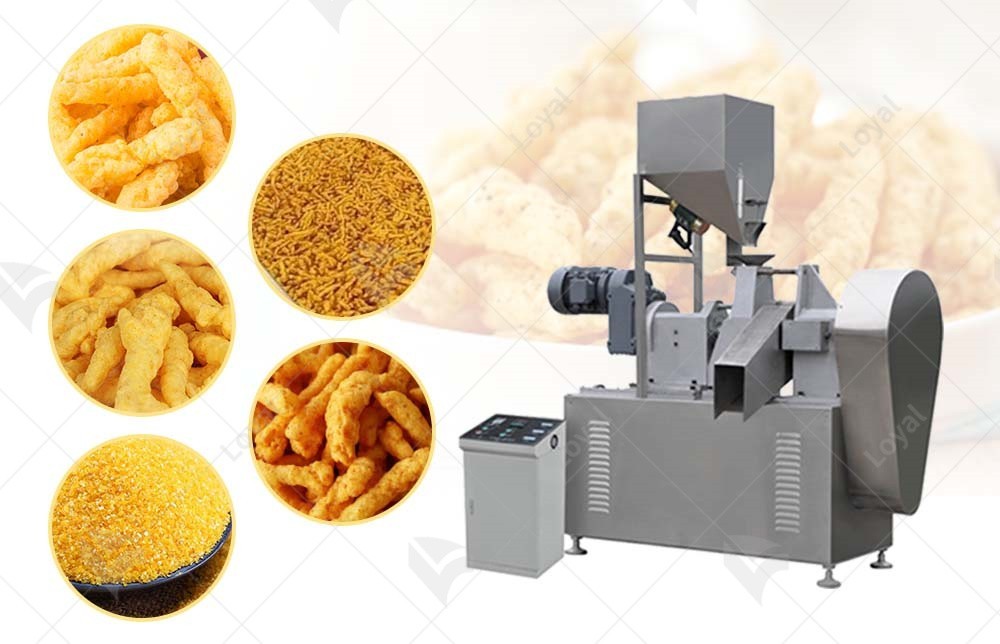
Conclusion
The adoption of energy-efficient snacks manufacture process lines with full automation is not just a trend but a necessity for modern snack manufacturers seeking to remain competitive in an increasingly challenging market. As the demand for high-quality, cost-effective, and sustainable snack products rises, companies must look to advanced technologies that streamline production, minimize energy consumption, and enhance operational efficiency.
Through the integration of automation technologies—from mixers and extruders to fryers and packaging systems—manufacturers can achieve higher production speeds, better product consistency, and reduced operational costs. The introduction of energy-efficient components, such as heat recovery systems, low-power motors, and smart sensors, further supports sustainability goals while improving the bottom line.
While the challenges of high initial investment, technological complexity, and system integration exist, these hurdles can be overcome with strategic planning, government support, and gradual implementation. In the long term, the benefits of reduced energy consumption, improved product quality, and enhanced environmental performance far outweigh the initial obstacles.
Looking to the future, the snacks manufacturing industry will continue to evolve, embracing technologies like AI, IoT, and advanced sustainability practices. Manufacturers that prioritize energy-efficient automation will not only improve their operations but will also contribute to a more sustainable and cost-effective industry as a whole.
By adopting energy-efficient and fully automated process lines, snack manufacturers can create a smarter, more sustainable production environment that meets the demands of both consumers and regulatory bodies, paving the way for a more efficient and eco-friendly future.
Reference
The following are five authoritative foreign literature websites in the field of Industrial food machinery:
1. Food Engineering Magazine
Website: https://www.foodengineeringmag.com/
2.Food Processing Magazine
Website: https://www.foodprocessing.com/
3.Journal of Food Engineering
Website:https://www.journals.elsevier.com/journal-of-food-engineering
4. Food Manufacturing Magazine
Website:https://www.foodmanufacturing.com/
5. International Journal of Food Science & Technology
Website:https://onlinelibrary.wiley.com/
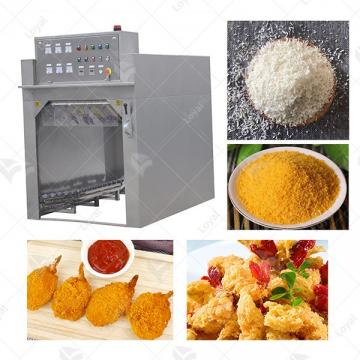 Commercial Japanese Panko Bread Crumb Grinder Machine
Commercial Japanese Panko Bread Crumb Grinder Machine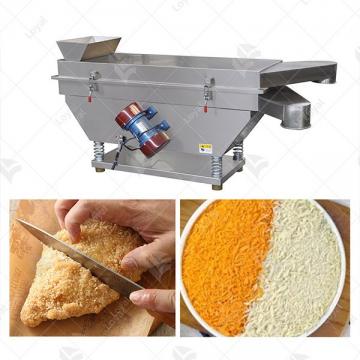 Japanese Bread Crumbs Processing Line
Japanese Bread Crumbs Processing Line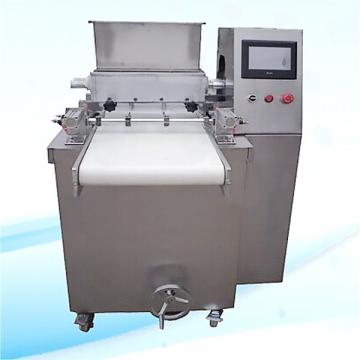 Automatic Cookies Making Machines
Automatic Cookies Making Machines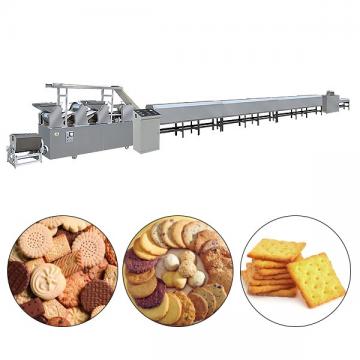 Fully Automatic Biscuit Making Machines
Fully Automatic Biscuit Making Machines